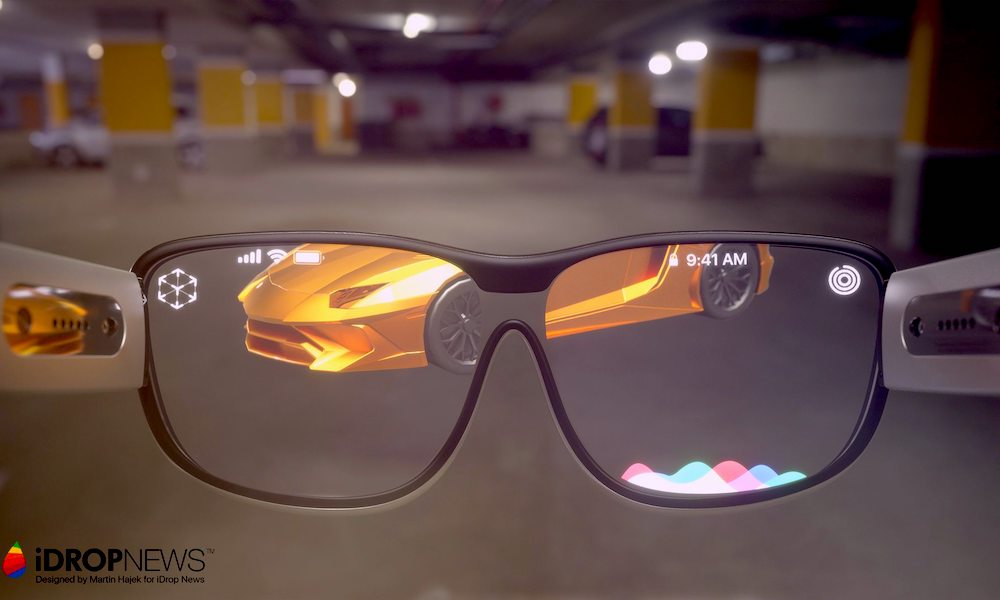You’ll Soon Be Able to Buy Products in Augmented Reality
 Credit: Martin Hajek / iDrop News
Credit: Martin Hajek / iDrop News
Toggle Dark Mode
While you may think that augmented reality is still mostly for gamers, Apple has been gradually turning that notion on its head since it first introduced its ARKit technology back in 2017, and while it’s become popular with games like Pokémon GO, it’s also found its way into everything from navigation apps to apps that teach you how to dance.
In fact, among a couple dozen new ARKit apps that launched three years ago, one of the most prominent apps to take advantage of the new ARKit capabilities was by the Swedish furniture maker IKEA, which envisioned how the app could be used to help people envision how a piece of furniture might fit into their own living space.
This idea of using augmented reality to visualize real-world objects from online catalogues became popular enough that by the following year Apple had baked a new AR Quick Look capability into Safari that would allow retailers to offer one-tap AR experiences right from their websites. So in other words, if you were shopping for a new patio set from Home Depot, you could actually call up an AR representation of it to see how it would look in your back yard.
Up until now, however, web developers have been limited to simply offering up the visual object, which is delivered much like a picture or video would be — rather than a JPEG or MP4 file, developers send out a USDZ file instead, which is a special 3D model file format that Apple built in collaboration with Pixar. You simply open that file by tapping a web link in Safari or an attachment in Mail or Messages and ARKit automatically fires up and shows you how the object would appear in the real world through your iPhone camera.
However, according to TechCrunch it looks like Apple is now expanding its Quick Look AR capabilities to let developers place customizable buttons on the AR images, which would allow users to do things like actually purchase an item right from the 3D AR view without having to return to a product page and look for a link.
The ability to add a button is fairly generic, so the possibilities are myriad; it could trigger an Apple Pay prompt right on the spot to let the user immediately buy the item, or it could direct them to a customer support chat, point them to local retailers, or really do just about anything else that a button can do on the web.
In addition, Apple has also rolled support for spatial audio into Quick Look in the more recent developer builds of iOS and iPadOS, which could further enhance shopping experiences by letting users here audio from things like toys, speakers, and humidifiers based on their placement in a room.
Apple actually previewed this feature at its Worldwide Developers Conference last June, although it didn’t garner a lot of attention in the midst of the much bigger iOS 13 announcements, especially since like many of the new features Apple shows off, this one requires retailers to actually get on board. However, it seems that it’s now actually starting to roll out, with TechCrunch noting that Home Depot, Wayfair, Bang & Olufsen, and 1-800-Flowers have begun to offer the new capabilities on their websites.
Inching Closer to an AR World
While these may seem like some fairly small changes on the surface, many retailers note that users of their AR tools are significantly more likely to have more confidence in making purchases and are less likely to return them. In fact, Build.com found that users who looked an item in AR before buying were 22 percent less likely to return it.
As these sales and return numbers continue to hold true, more retailers will naturally deploy more AR technology in their services, making it more mainstream, and paving the way for more users to embrace Apple’s next big AR project when it arrives in the next couple of years: the company’s AR glasses.
It’s not hard to imagine a future where you’ll someday be able to walk into a store with your Apple Glasses on and simply look at a product to get pricing information and other details and then buy it with a simple gesture or Siri command.






